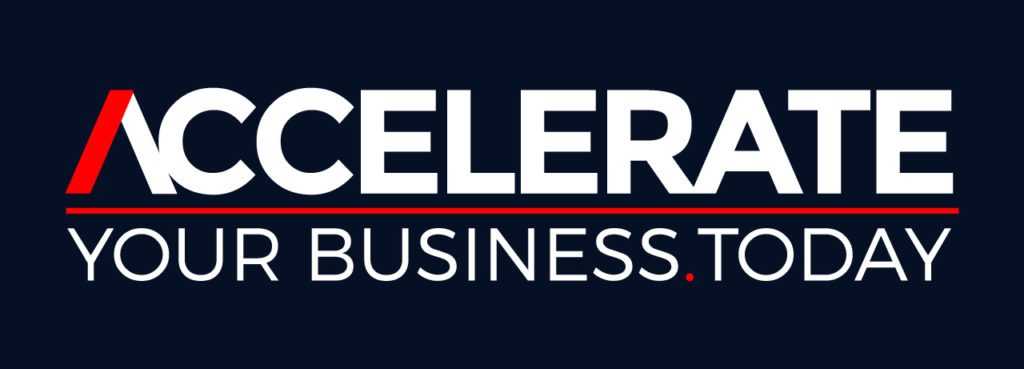The world’s largest 3D-printed neighbourhood
The opportunity: 3D-printed homes cost 10 to 30% less to build, with savings in construction time of about 30%.
The world’s largest 3-D printed community– is being built by robots in Austin, Texas.
The estate will have 100 houses in Wolf Ranch — a suburban subdivision—US home builder Lennar Corp. and 3D-printing startup; Icon are busy at work now.
The other benefits: 3D-printed construction offers more energy-efficient homes built faster and for less cost with more designs with minimal waste. The concrete structures are also more resilient to increasingly intensive weather events induced by climate change.
Buyers must have around ten plus substantial reasons to move from their preferred provider when introducing a new category or product range.
Using 3D printing as an example,
- 10 to 30% price savings,
- 30% faster build,
- lower energy costs,
- stronger to withstand climate change
This list is a strong start – but more -buyer reasons – are needed to start the revolution – significant growth in demand generation.
- In today’s market – 70% are shopping less overall primarily due to increasing interest rates, falling house values and taking home less pay after allowing for inflation and taxation,
- One of the top two supermarkets reported revenue growth of 7% and 14% growth in net profit – suggesting profit inflation (growth in margins due to a lack of competition)- hot debate with RBA, economists and the Government.
The impact: Shoppers have switched retailers and brands searching for inflation relief.
Recent research found
- Nearly three-quarters (72%) reported looking for deals and coupons, lower prices,
- Formerly loyal buyers are moving away from their preferred stores and increasing their use of online to maximise savings,
As the covid induced online surge in revenue growth returns to standard growth settings, many online retailers are in trouble as the shopping tide goes out.
Research shows: Online retailers suffer from a significant trust gap.
The TRUST gap: adults who trust online-only brands are (77%), and those who trust brands with brick-and-mortar are (93%) – across all generations.
The online trust problems include:
- Online reviews can be fake,
- Social media followers bought,
- Product photos – enhanced or fake,
- The product might arrive late or not at all,
Improving a business’s TRUST, credibility, authority, and reputation management is now a business-critical core capability.
The buyer problems do not only fall on online shopping; physical stores have long-term issues.
- Enjoyment of shopping is dwindling,
- In-store staff are no longer knowledge workers – ask a question, and many will google the answer for you – this is a significant opportunity missed by many retailers – selling is more than processing a sale from a willing buyer,
- Retail locations – main streets and shopping centres are increasingly desolate – even soul-less,
- In-store fit-outs are for many ageing and need fresh approaches,
- E-commerce beats in-store shopping on convenience and time saved and often a more comprehensive product range to choose from,
The trust gap of around 20% between physical and digital businesses pushes businesses into more physical stores.
The fightback is on: Gen Z has the lowest trust of online brands among all generations, and lower-income shoppers (those with less than $50,000 in annual household income) are also less inclined than higher-income individuals to trust online-only brands.
Omnichannel retailing has been around for a decade or two. Leading brands use digital channels and location services to push customers to reserve items for in-store pickup or faster collection to get the best of both worlds.
Building online businesses – Expertness, Authority and Trustability is a core requirement of Google.
If you want more clicks, buyers and revenue growth – Google demands online businesses grow their EAT scores.
Recent advancements in knowing how to rapidly roll out improvements that scale EAT and deliver more valuable online buyers due to increased Trust assets – mean all businesses can benefit and lift their demand generation.
Other improvements include
- Three-dimensional digital representations in situ in your home – see your proposed furniture as a digital representation in your room before you buy,
- Better estimate fit for apparel,
As digital penetration increases in the economy, the flip side is fewer physical retail businesses – to succeed, improving both physical and online faster is the key.
What is your business doing to lift its demand generation this quarter?
How is it going?
What challenges are there?
